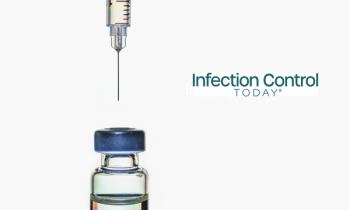
Ondine Announces VAP Photodisinfection Clinical Study in the U.S.
Ondine Biomedical Inc., a medical technology company developing photodisinfection-based products, announces that the Food and Drug Administration (FDA) has approved a human clinical study to investigate the use of photodisinfection for the in-situ microbial disinfection of endotracheal tubes as a means to prevent ventilator associated pneumonia (VAP). VAP is the No. 1 cause of healthcare-associated infections in intensive care unit patients.
The photodisinfection treatment system to be used in the study was developed by Ondines wholly owned subsidiary, Advanced Photodynamic Technologies, Inc. (APT). Funding of the study site and investigator costs as well as all fees incurred to perform all independent clinical study monitoring requirements, data base management and statistical analyses is via the direct payment of these costs by a third party under the terms of a government grant. APT will be responsible for, among other things, providing at its cost the study devices, consisting of the lasers and the photosensitizing agent. The clinical study, which involves one clinical site, is expected to commence in the third quarter of 2011 and to take at least one year to complete.
"A successful VAP study would represent a key step toward the commercialization of this new application of photodisinfection which utilizes Ondine's patented technology and products," says Carolyn Cross, chairman and CEO of Ondine. "The leading cause of patient death from healthcare-associated infections is pneumonia. Ventilator associated pneumonia is a life threatening infection that occurs in patients who are intubated with an endotracheal tube and require mechanical ventilation. In the US, of the 1.3 million patients who require mechanical ventilation annually, 10 percent to 25 percent will develop VAP with 24 percent to 50 percent of these patients consequently dying from the infection. The cost of treating VAP in the United States has been estimated to be $1.2 billion annually and as photodisinfection has been proven to be highly effective at eliminating biofilms in ex vivo models, it is therefore ideally suited for the elimination of endotracheal tube biofilms resulting in the prevention of VAP."
Newsletter
Stay prepared and protected with Infection Control Today's newsletter, delivering essential updates, best practices, and expert insights for infection preventionists.






